I recently visited The Natural History Museum of Utah which features a year-round exhibit called “Native Voices” that includes relics and history of the Native Americans. “Native Voices” primarily features tribes in Utah and surrounding states—Ute (Nuche), Shoshone (So-So-Goi), Goshute (Newe), Paiute (Nuwuvi) and Navajo (Diné). This exhibit does an excellent job of connecting the past and the present histories Native Americans. Native Americans are the indigenous people of this land and the conflicts, wars, diseases and massacres of the past have left less than a third of their original population alive today. The struggle and survival of the Native Americans continue where reservation lands are sparse and the relationship between the U.S. Government and the Tribal Governments have a long and complicated history.
“Native Voices” is set up in a circular fashion with an outer and inner wall with partition in between, similar to an amphitheater. The focus is a television screen on the south wall that shows videos of descendants of Native Americans and current tribe members talking about their lives and history. The entrance to this exhibit has a glass case full of relics from the many Native American tribes all over the U.S. On the opposite wall the exhibit’s name, “Native Voices” is displayed, with an introduction featuring a replicated map from 1890 showing where tribes and their languages originated. The exhibit tells the history of Utah’s Native American Tribes, their cultural identities and past leading up to 1847 when Mormon Pioneers came and took land. The events that followed included battles and massacres of the Ute, Paiute and Navajo people. It also provides information on the Indian Wars and the laws that were passed by the U.S. Government geared towards assimilating the Native Americans and creating reservations (1851 Indian Appropriation Act, 1887 Dawes Act, 1924 Indian Citizenship Act, 1934 Indian Reorganization Act, 1953 House Concurrent Resolution 108 and the 1975 Indian Self-determination and Education Act.) Throughout the exhibit, there are quotes from tribe members and Native American descendants that add to the experience of communicating with a living culture that strives to survive and create a space of learning and respect for future generations.
The second largest reservation in the U.S. is located at Fort Duchesne, Utah’s Uintah & Ouray Reservation which is home to many of the Ute Tribe and others and is approximately 4.5 million acres (utetribe.com.) Tribes have their own government, laws and businesses that help to sustain the reservation and its citizens. It is crucial to understand the history of reservations and the relationship the U.S. Government has with creating a space in which they can control and subjugate the Native Americans. In 1953, the House Concurrent Resolution 108 sought to impose U.S. laws and responsibilities on reservation citizens, making them the equivalent of U.S. citizens but rejecting any tribal power and forcing tribe members into American society. Actions like this did not only happen in the past but continue today—the controversy over Bears Ears National Monument and a recent attempt at land-grabbing by Congressman Rob Bishop in 2016 that sought out to claim over 100,000 acres of Ute Reservation land (utepac.com.) With knowledge of these events and the current happenings on Reservations, Utahans can become more aware of their role in helping to protect and promote the rights of Native American descendants and tribe members.
Walking through the exhibit and looking at the handmade relics of these tribes closes the space between history and living cultures of the present day. The exhibit lives on the top level of the Museum and gives much need appreciation, education and attention to Utah’s past. It is important to acknowledge America’s complicated and brutal history, especially during times of the year when we are reminded as Americans of our colonial past.
Holidays like Thanksgiving and Indigenous People’s Day (formerly Columbus Day) should not be the only times when we nod our heads to the past in recognition. We should be knowledgeable of the current conditions and issues that occur when it comes to the Native American rights and reservations. We should be active in learning the histories of other indigenous peoples and events in America’s history such as the Mexican-American War and the Spanish Conquest of the Americas. It is the appreciation of the multiple cultures and peoples that make up the U.S. population that allow us to learn from one another and work together to create a better future. After visiting the “Native Voices” exhibit I was instilled with hope for a future where we respect various cultural identities and pasts while providing awareness and knowledge of the complex history of the U.S. to future generations.
Admission to The Natural History Museum is FREE for students, faculty and staff of the University of Utah with a valid U ID.
If you are interested in this exhibit at The Natural History Museum I also recommend the Shoshoni Language Book Exhibit at the Marriott Library on Levels One and Two which are located in the display cases until January 28. This event is in collaboration with the Shoshone and Goshute elders and tribal youth to create fun, bilingual books.
More info at https://www.facebook.com/events/121931105134414/




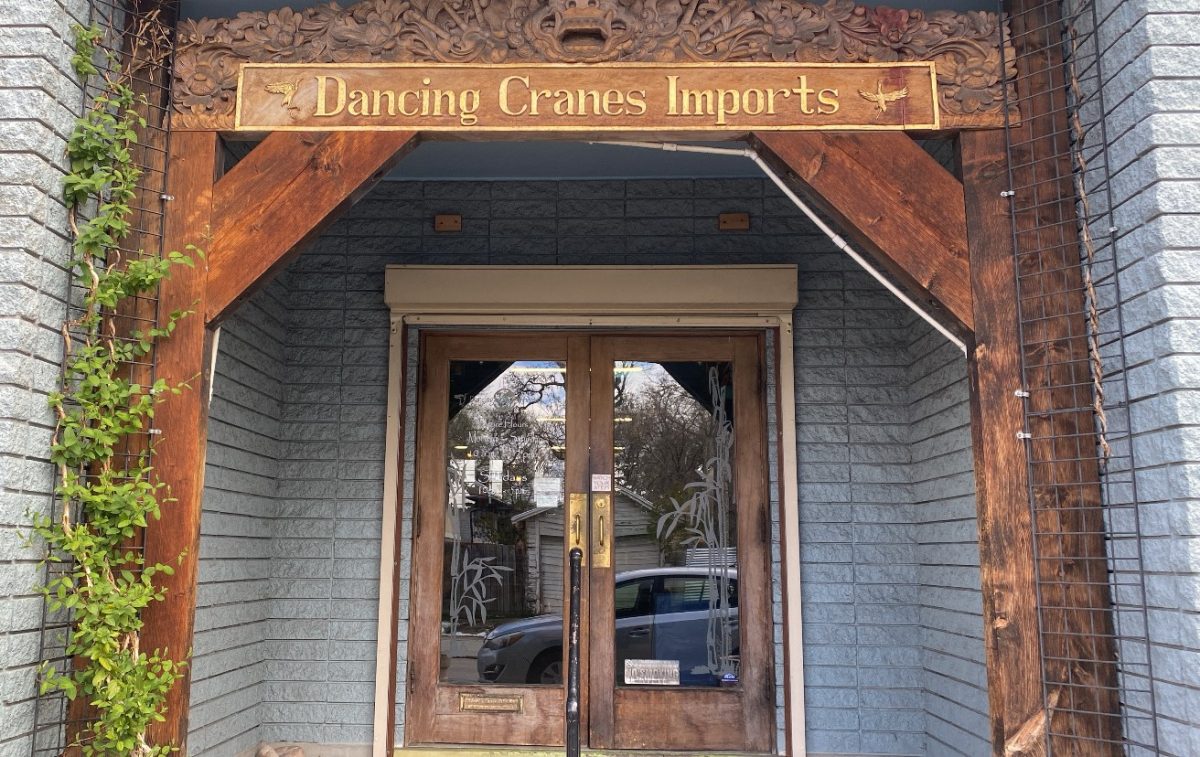
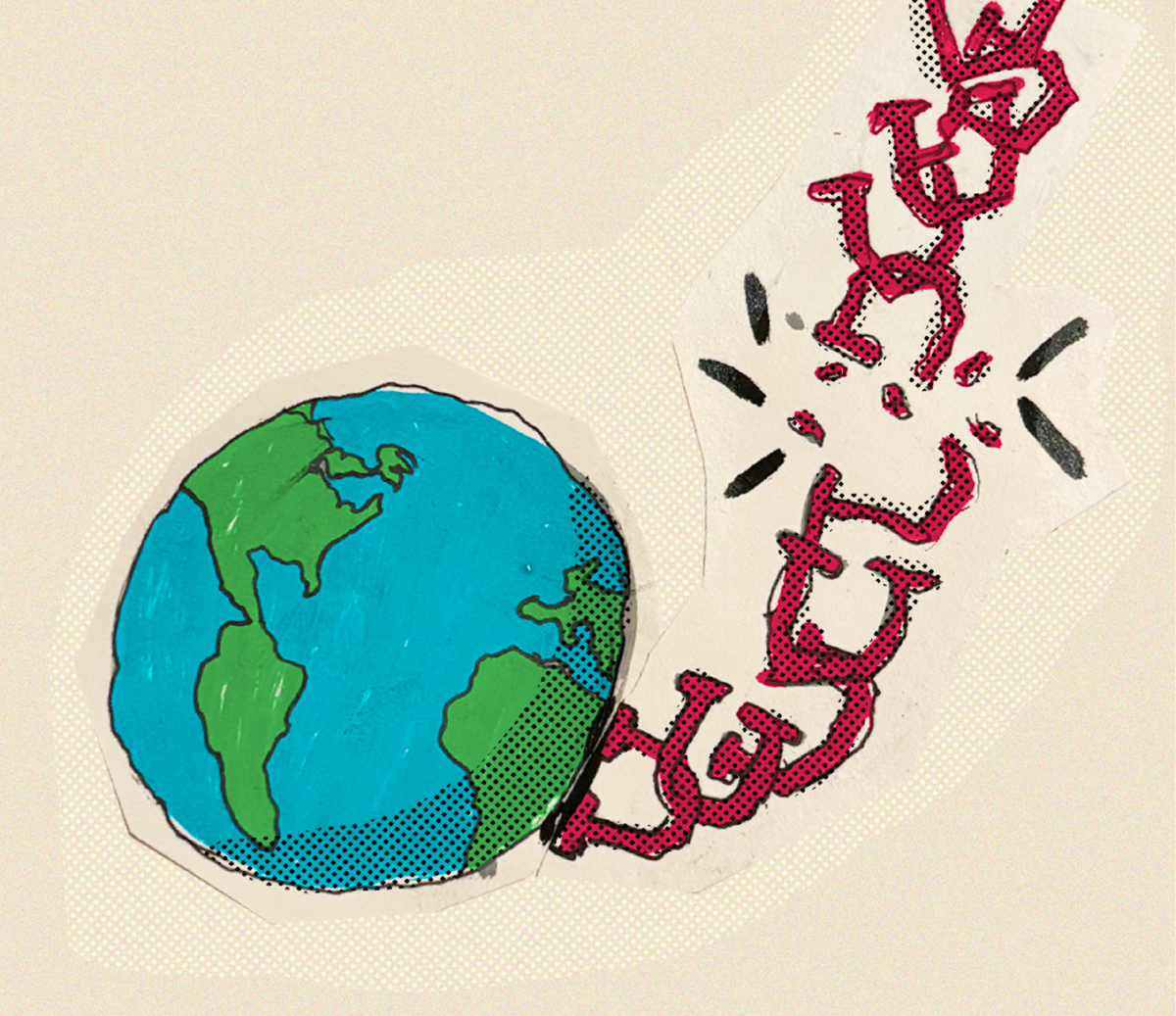

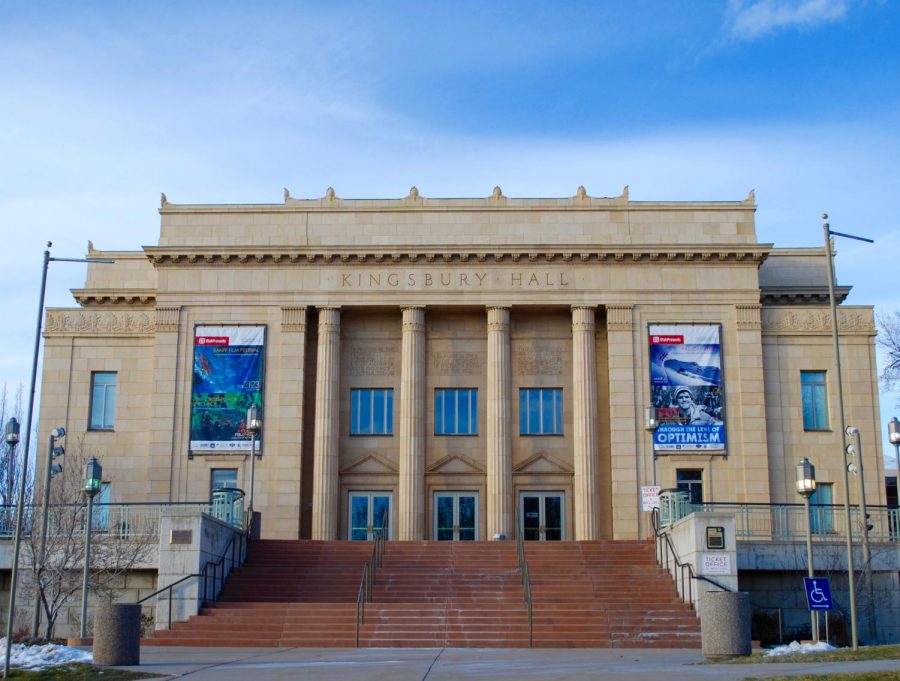

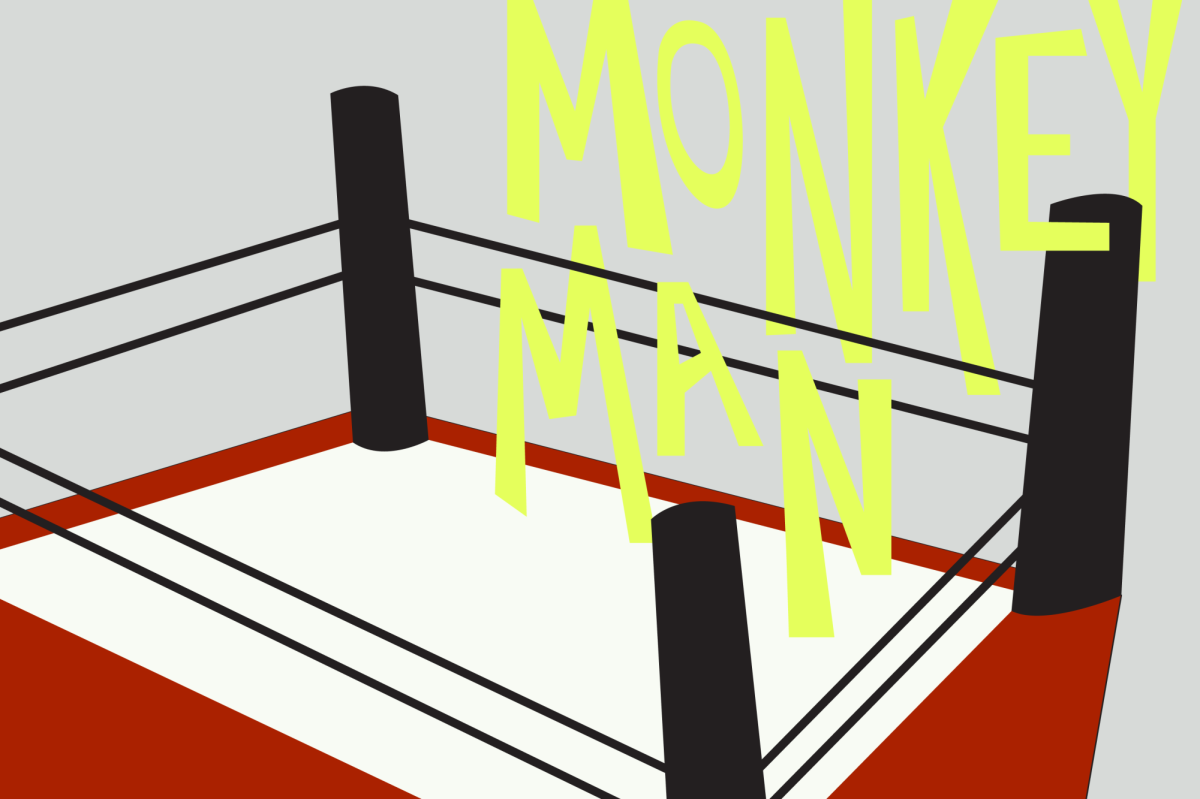

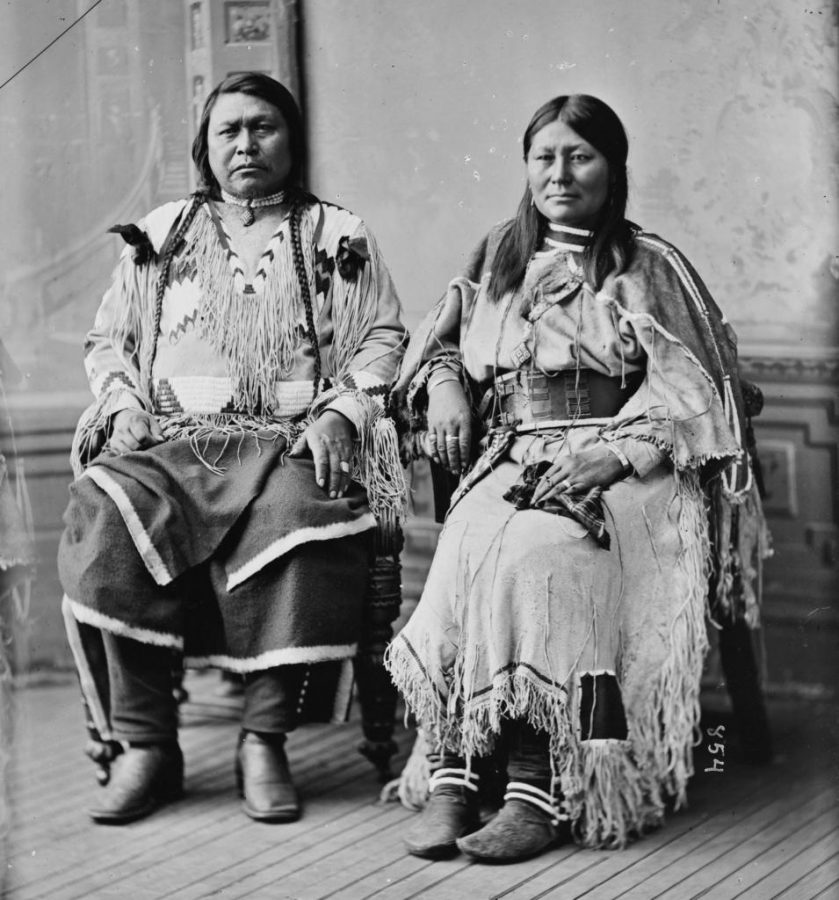
Jennifer • Dec 5, 2020 at 1:22 pm
Native Americans ARE NOT INDIANS DO NOT CALL NATIVE AMERICANS INDIANS. Native Americans are people who are Native to America it’s better to say indigenous people because we all know that the US is made from stolen land. This goes for Hawaiians too, the queen was forced to sign a paper which then killed ILLEGALLY by white colonizers.
Paul R. Jones • Nov 24, 2017 at 6:22 am
It never ceases to amaze me just how United States Constitution-stupid politicians-state and federal-are piled on top of how stupid their attorney’s are! As of the Indian Citizenship Act of 1924, there are no more “Indians” within the original meaning of the United States Constitution…only U.S./State citizens with “Indian ancestry/race” entitled to no more and no less than every other non-Indian U.S./State citizen in accordance with the U.S. Constitution’s 14th Amendment’s ‘equal protection’ Clause! And, yet, Title 25-INDIANS and faux ‘Indian treaties’ whereby these attorneys and politicians-state and federal-assert the United State Constitution has provision whereby We, the People, have ‘treaties’ with Other We, the People, because of the “Other’s” Indian ancestry/race and non-Indians believe this hoax.
Worse yet are judges-state and federal-who woefully fail to uphold and defend the United States Constitution in their oath of office clearly articulated in CJ Marshall’s Marbury decision posted below by accepting both sides attorney’s petition there are “Indian Treaties” and “Indian reservations” where politicians-state and federal-continue to regulate from womb to tomb a select group of U.S./State citizens health, welfare, safety, benefits, capacities, metes and boundaries because of their “Indian ancestry/race” at the same time condemn “Jim Crow Laws” citing the United States Constitution’s 14th Amendment for one….what hypocrites!
The United States Constitution makes for no provisions for “Indian reservations!” Land commonly known as an “Indian reservation” with rare except is land owned by the People of the United States according to a federal document readily available on-line where U.S./State citizens with “Indian ancestry/race” residing on said land are merely tenants with rights of ‘use and occupancy’ only!
If I can find these federal documents on-line, why are high-powered politicians-state and federal-and their highly paid attorneys and judges-state and federal-too stupid to do the same?
United States Supreme Court MARBURY v. MADISON, (1803) Argued: Decided: February 1, 1803:
“If an act of the legislature, repugnant to the constitution, is void, does it, notwithstanding its invalidity, bind the courts and oblige them to give it effect? Or, in other words, though it be not law, does it constitute a rule as operative as if it was a law? This would be to overthrow in fact what was established in theory; and would seem, at first view, an absurdity too gross to be insisted on. It shall, however, receive a more attentive consideration.
It is emphatically the province and duty of the judicial department to say what the law is. Those who apply the rule to particular cases, must of necessity expound and interpret that rule. If two laws conflict with each other, the courts must decide on the operation of each. [5 U.S. 137, 178] So if a law be in opposition to the constitution: if both the law and the constitution apply to a particular case, so that the court must either decide that case conformably to the law, disregarding the constitution; or conformably to the constitution, disregarding the law: the court must determine which of these conflicting rules governs the case. This is of the very essence of judicial duty.
If then the courts are to regard the constitution; and the constitution is superior to any ordinary act of the legislature; the constitution, and not such ordinary act, must govern the case to which they both apply.
Those then who controvert the principle that the constitution is to be considered, in court, as a paramount law, are reduced to the necessity of maintaining that courts must close their eyes on the constitution, and see only the law.
This doctrine would subvert the very foundation of all written constitutions. It would declare that an act, which, according to the principles and theory of our government, is entirely void, is yet, in practice, completely obligatory. It would declare, that if the legislature shall do what is expressly forbidden, such act, notwithstanding the express prohibition, is in reality effectual. It would be giving to the legislature a practical and real omnipotence with the same breath which professes to restrict their powers within narrow limits. It is prescribing limits, and declaring that those limits may be passed at pleasure.